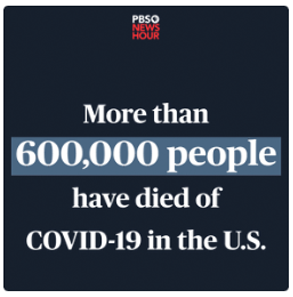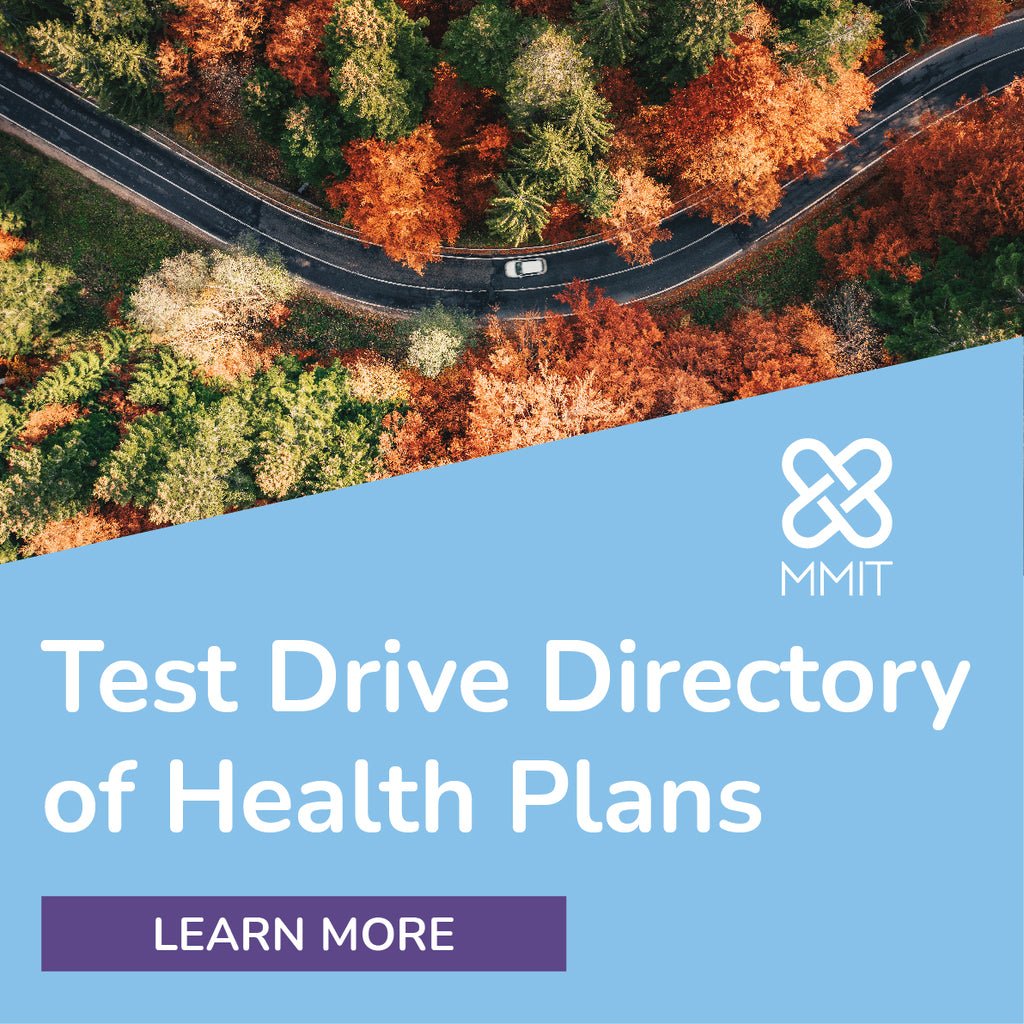Radar on Drug Benefits
-
Blue Shield of California’s PBM Overhaul Could Still See Boost From Transparency Legislation
Blue Shield of California’s plan to replace its traditional pharmacy benefit arrangement with what it hopes will be a more transparent assemblage of services won’t go into full effect until 2025, but it has already generated a lot of hope and criticism across the healthcare landscape. The insurer, though, is aiming to inspire as much at it aiming to succeed on its own.
“It’s going to take more than just one plan, or one employer group or one manufacturer. It’s going to take all of us to look at our business model and think about how it can be simpler, more sustainable, more affordable, with higher quality care,” Alison Lum, Blue Shield of California’s VP-Pharmacy Services, said in an interview with the Pink Sheet on 6 February.

-
More States Eye Drug Affordability Boards, PBM Regulations
PBM and drug pricing regulation will continue to be hot topics at the state level after several years of busy lawmaking, experts predict, even as PBM reforms are diluted and stalled in Congress. They predict that more states than ever will continue to embrace or pursue policies like drug affordability review boards.
“I do think the momentum is still strong, because states have the ability to do a lot more,” Kate Sikora, managing director at Avalere Health, tells AIS Health, a division of MMIT. “Federal bills typically get a little bit watered down by the time they actually pass. So some of these state laws are a little bit heartier — a little bit more robust — in terms of what they attempt to do.”

-
New Guidance Puts Finer Point on Birth Control Coverage Rules
On Jan. 22, the 51st anniversary of the now-overturned Roe v. Wade Supreme Court ruling, the Biden administration seized the opportunity to reaffirm its support for reproductive rights — a stance it appears to be increasingly emphasizing as the 2024 presidential election draws near. As part of that effort, three federal agencies issued new guidance to help health plans and issuers avoid running afoul of the Affordable Care Act’s contraception coverage mandate.
Health policy experts who spoke to AIS Health, a division of MMIT, say that the guidance could be a helpful tool for compliance-focused insurers, as it outlines the narrow set of circumstances in which a health plan doesn’t have to fully cover certain types of birth control.

-
As More Biosimilars Hit the Market, Uptake Remains Low but Improving
Although 2023 was a banner year for biosimilars hitting the U.S. market, uptake of these near-copies of biologic drugs remains low. Manufacturers of biologics also commonly file lawsuits or take other measures to extend their patents and have successfully delayed the introduction of FDA-approved biosimilars. Pharmaceutical industry experts tell AIS Health, a division of MMIT, that the slow adoption of biosimilars has an impact on payers that would prefer patients receive lower-cost biosimilars rather than expensive biologics.
In fact, a recent study offers evidence that private insurers are increasingly embracing biosimilars. Uptake of biosimilar medications was higher in Medicare Advantage plans than in traditional, fee-for-service Medicare from May 2015 through September 2022, according to a recent study published in JAMA Health Forum. However, biosimilars had less than a 50% market share in six of the seven product classes the authors examined, suggesting providers and patients often still opt for biologics.

-
Fresh Off New Funding Round, PBM SmithRx Targets ‘Underserved’ Market
Last year, as the country’s three dominant PBMs faced an unprecedented amount of scrutiny, smaller firms saw an opportunity to step into the spotlight. Thus, they founded Transparency-Rx, a coalition of PBMs with “transparent” business models and a shared goal of pushing for the reform their larger rivals were resisting.
One of the members of that new coalition, SmithRx, announced on Jan. 23 that it closed a $60 million Series C financing round led by the health care venture capital firm Venrock. The latest funding infusion, which builds on a $20 million Series B round raised in 2022, positions SmithRx to continue fixing a “broken” pharmacy pricing system, according to its founder and CEO, Jake Frenz.











